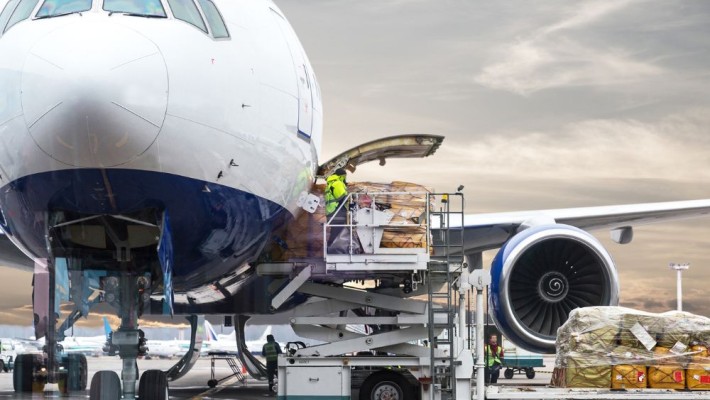Freight Forwarder Insights
Huin International Logistics Latest Articles
Exploring the Air Waybill: Concepts, Format, and Acquisition
In our previous discussion, we delved into the intricacies of the bill of lading. Today, we shift our focus to another critical document in logistics: the air waybill.
Understanding the Air Waybill Fundamentally, the air waybill (AWB) is often referred to merely as an air waybill. It should not be confused with an ocean bill of lading, as it serves different purposes. An air waybill is not a document of title and, hence, cannot be transferred via endorsement. Instead, it functions as a certificate of transportation and delivery. Essentially, it is a cargo receipt issued to the shipper by the carrier (usually an airline) upon the acceptance of the cargo for air transport. The destination agent retrieves the goods not based on the air waybill but rather on a delivery notice issued by the airline.
Types of Air Waybill Air waybills fall into two main categories: the Master Air Waybill (MAWB) and the House Air Waybill (HAWB). The MAWB, sometimes known as the master bill, and the HAWB, often termed the separate bill, differ based on the type of issuance and the parties involved. Further classification includes neutral air waybills and non-neutral air waybills (such as Airline Air Waybills). issuance methods are categorized into straight orders and set orders (main orders).
Issuance Process of an Air Waybill The MAWB is issued by the airline to the shipper (who could be a freight forwarder or the actual shipper), confirming that the shipment has been handed over to the airline. This document serves as the contract of carriage between the airline and the shipper. Each MAWB number corresponds to a specific shipment. The SHIPPER indicated on the MAWB is the freight forwarder at the port of departure, while the CNEE (consignee) is the destination’s handling agent. Upon arrival at the destination port, the agent arranges for customs clearance and delivers the cargo to the final consignees.
The HAWB, on the other hand, is issued by the freight forwarder to the individual consignees. It acts as the consignment’s delivery certificate. If the consignee lacks the capacity for customs clearance and requires an agent or importer’s assistance, a separate bill is mandatory. Additionally, in scenarios involving third-party trade where the consignee should not know the actual shipper, an HAWB is necessary. The SHIPPER on the HAWB is the original shipper, and the CNEE is the actual consignee.
Content of an Air Waybill Below is a template of an air waybill for illustrative purposes. The format is quite standardized across both the MAWB and HAWB, with similar core elements. For this example, we are using a template of a sub-bill.
[Air Waybill Form Image]
In conclusion, understanding the air waybill’s role and format is crucial for efficient logistics management. Whether dealing with MAWBs or HAWBs, comprehending their issuance process and content ensures smooth air cargo operations.
